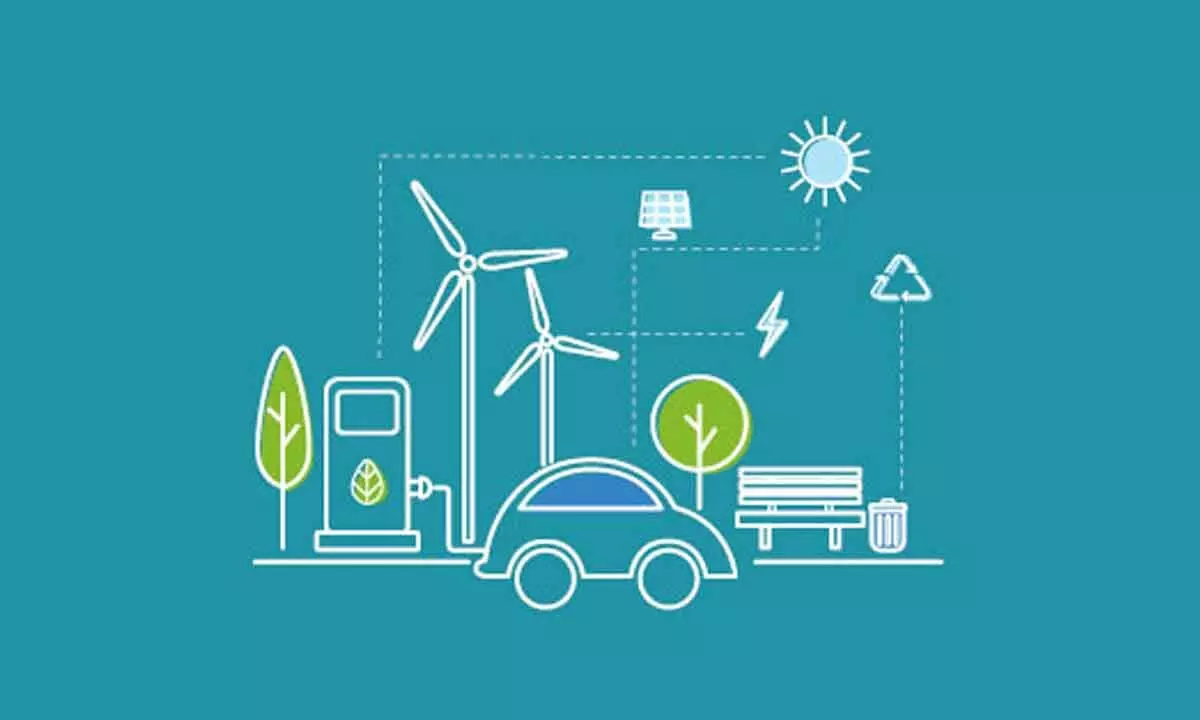EV segment set for electrifying times

2023 was an electrifying year for the electric vehicle segment. The sales crossed 1.5 million units. The EV industry clearly set out on a fast-moving lane to become a mass transport choice. The destination is far away, though. As things stand now, the industry sales are set to see a high-voltage action in the coming years. Billionaire techpreneur Elon Musk is said to be in serious talks for a $30 billion plant to roll out Tesla in India.
Meanwhile, the industry has expressed shock over the GOI move not to continue the much-lauded scheme EV FAME-2 which ends on March 31, 2024. FAME India, which stands for Faster Adoption and Manufacturing of Electric Vehicles in India, was introduced in the Union Budget 2015-16 to promote electric transportation. It’s a part of the National Electric Mobility Mission Plan (NEMMP) – 2020. Phase 1 of FAME India launched on April 1, 2015, provided Rs 895 crore subsidy for a period of four years. The FAME 2 was launched in April 2019 with a much bigger budget of Rs 10,000 crore. It provides incentives of Rs 10,000 for every kWh of battery capacity for all EVs, except e-buses which get up to Rs 20,000/ kWh subsidy. The government has cited widespread malpractices and noncompliance with the FAME guidelines for discontinuation of the scheme. FAME incentives are meant only for locally sourced components. ARAI and ICAT which are responsible for ensuring compliance are facing a probe now.
A worried industry has expressed concern that sudden withdrawal of incentives would push up costs which could raise prices by as much as 25%. The industry fears it may slow down EV momentum substantially. FICCI has pleaded for continuation of FAME scheme for next 5 years, with a review at the end of 3 years. It pointed out to the government that the move would also impact further investments in EV sector. It pointed out that EV penetration in India is at about 5% only. FAME scheme continuation is imperative to realise the critical mass for achieving the overall 30% EV penetration target by 2030, it said. This is also crucial to meet ‘Panchamrit’ goals of India: Increasing non-fossil fuel capacity by 500GW by 2030; 50 per cent of its energy requirements to come from renewable energy by 2030; Reduction of total projected carbon emissions by one billion tonnes from now to 2030; Reduction of the carbon intensity of the economy by 45 per cent by 2030, over 2005 levels; and, Achieving the target of net zero emissions by 2070.
The government seems to think otherwise, and, likely plans to use EV budget to create a robust infrastructure by facilitating a large number of charging stations across the country, which it hopes will lead to large-scale adoption of electric vehicles. A CII study says India needs a minimum of 1.32 million charging stations by 2030 to facilitate the rapid adoption of EVs.
EVs help lower running and maintenance costs, and reduce carbon footprint with zero tailpipe emissions. EV buyers can also avail of concessions in registrations and road tax. Easy finance and at lower rates also can play a key role in ramping up sales. India, thus, needs to step on the gas as regards laying out EV infrastructure as well as induce the public to go in for electric vehicles.
It is argued that using fossil fuel power makes EV batteries more carbon-intensive. However, one needs to appreciate lower emissions are caused by their manufacturing process than the internal combustion engines on roads. Going forward, India should emulate Norway, Europe’s largest EV market, which draws most of its energy from hydropower, giving all those EVs a minuscule carbon footprint.

